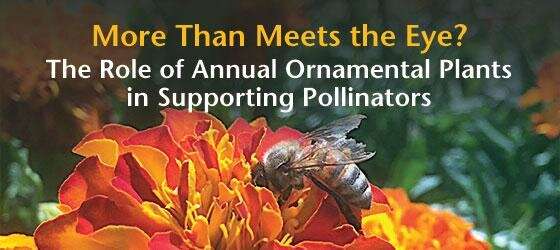Urban green spaces can help pollinators: new research provides basic recommendations

Bee populations are experiencing a global decline as a result of climate change, parasites and pathogens, and pesticide exposure, as well as a lack of foraging resources due to human land use. The good news is that gardens and parks can be valuable sites for providing foraging resources to these urban pollinator communities because of their low pesticide use, complex landscapes, and protected environments.
Many home gardeners and landscapers are seeking ways to make their own green spaces more friendly to pollinators. Despite the public demand for information on how to create pollinator landscapes, little research has been conducted on which plants are best for pollinators, and the information that does exist is not usually regionally specific and may be inconsistent. More recently, researchers have begun investigating the potential of human-managed green spaces to support pollinator populations.
In "More Than Meets the Eye? The Role of Annual Ornamental Plants in Supporting Pollinators," Emily Erickson presents the findings of a 2-year field study and describes pollinator visitation to a variety of popular annual ornamental plants. She also provides basic recommendations for creating a backyard pollinator garden.
More information: E Erickson et al, More Than Meets the Eye? The Role of Annual Ornamental Flowers in Supporting Pollinators, Environmental Entomology (2019). DOI: 10.1093/ee/nvz133
Provided by American Phytopathological Society



















